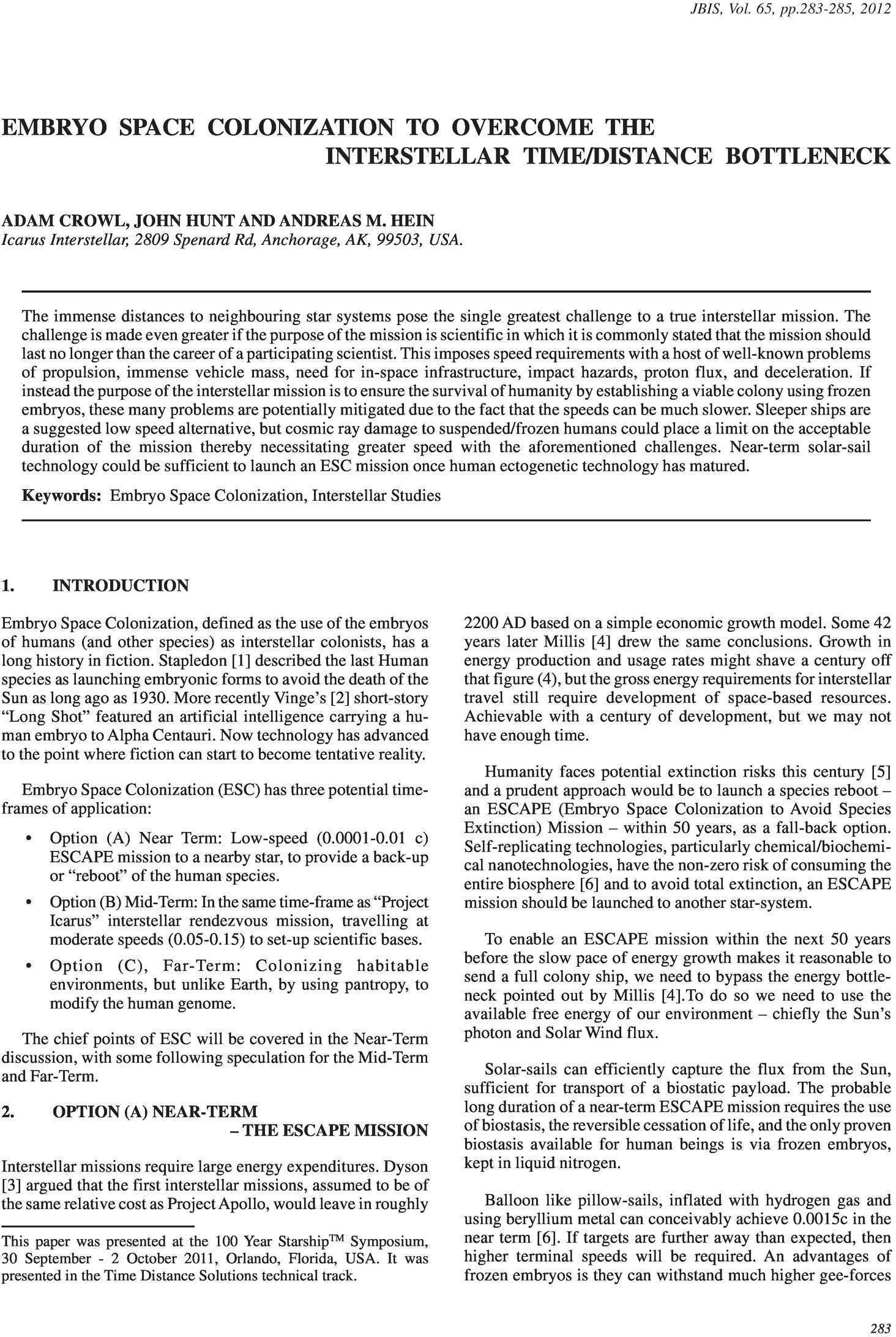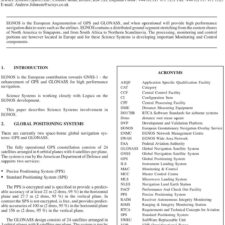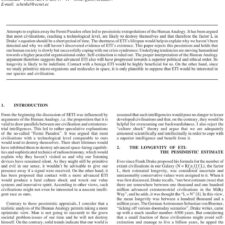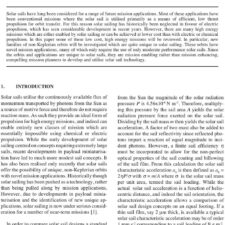Embryo Space Colonisation to Overcome the Interstellar Time/Distance Bottleneck
£5.00
A. Crowl; J. Hunt; A. M. Hein (2012), JBIS, 65, 283-285
Refcode: 2012.65.283
Keywords: Embryo Space Colonization, Interstellar Studies
Abstract:
The immense distances to neighbouring star systems pose the single greatest challenge to a true interstellar mission. The challenge is made even greater if the purpose of the mission is scientific in which it is commonly stated that the mission should last no longer than the career of a participating scientist. This imposes speed requirements with a host of well-known problems of propulsion, immense vehicle mass, need for in-space infrastructure, impact hazards, proton flux, and deceleration. If instead the purpose of the interstellar mission is to ensure the survival of humanity by establishing a viable colony using frozen embryos, these many problems are potentially mitigated due to the fact that the speeds can be much slower. Sleeper ships are a suggested low speed alternative, but cosmic ray damage to suspended/frozen humans could place a limit on the acceptable duration of the mission thereby necessitating greater speed with the aforementioned challenges. Near-term solar-sail technology could be sufficient to launch an ESC mission once human ectogenetic technology has matured.





